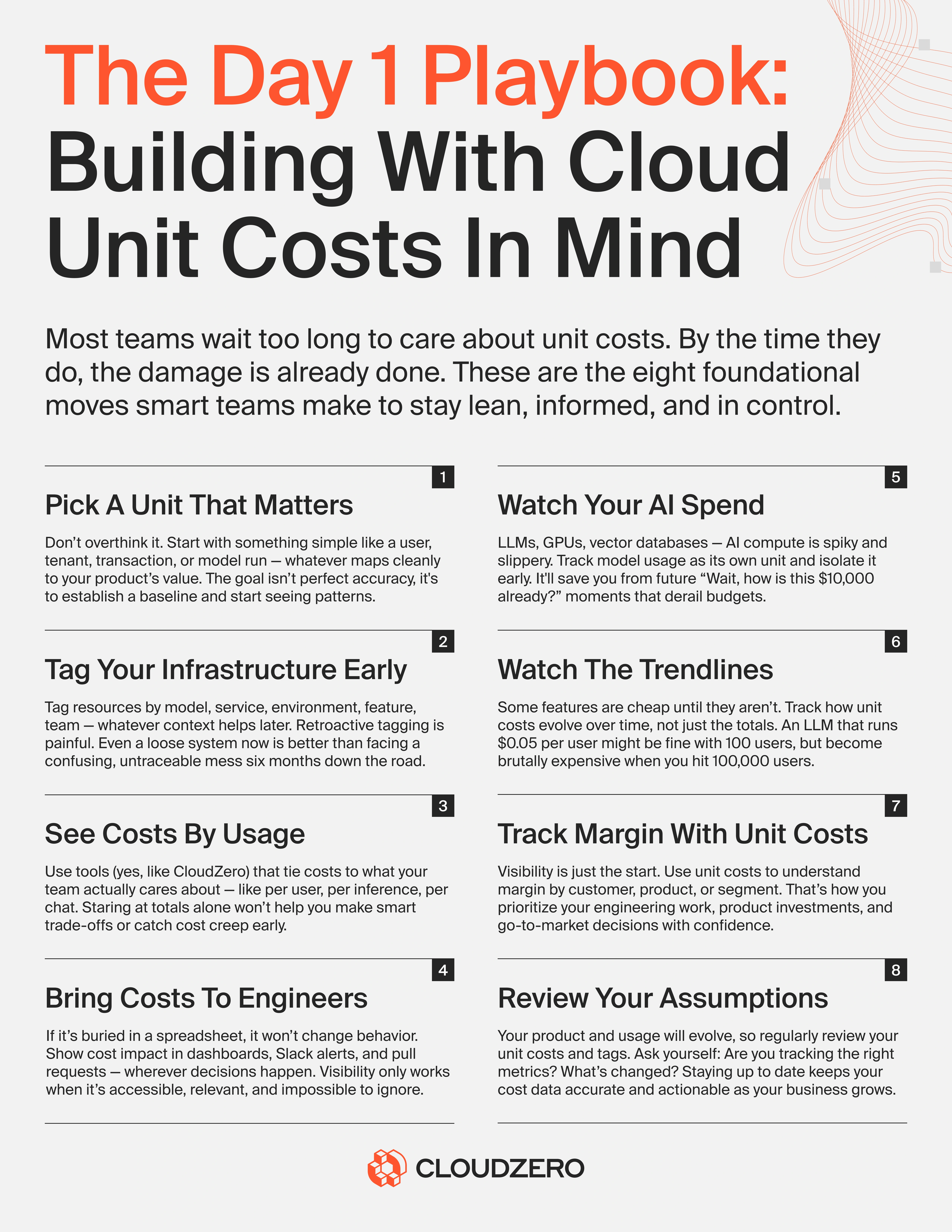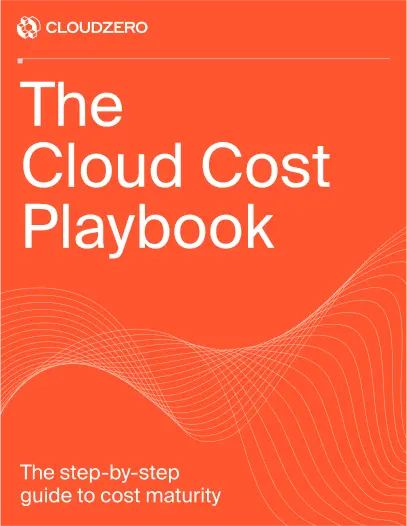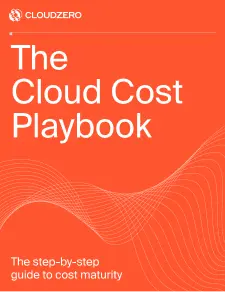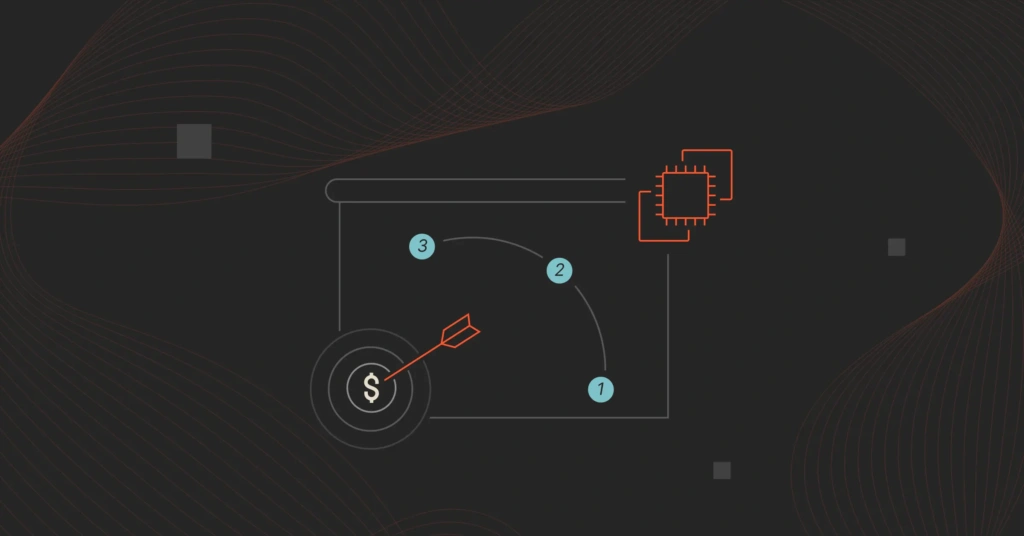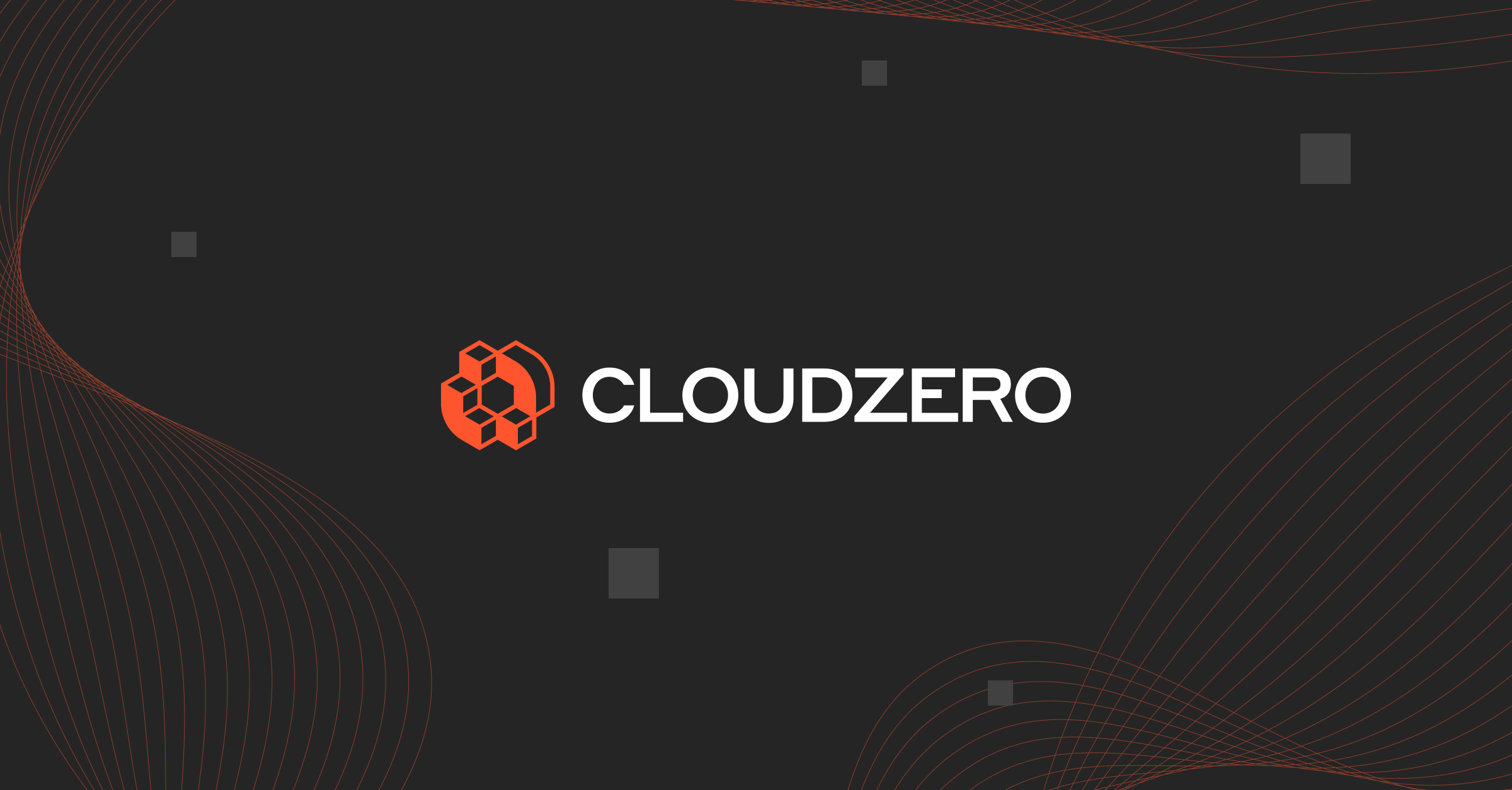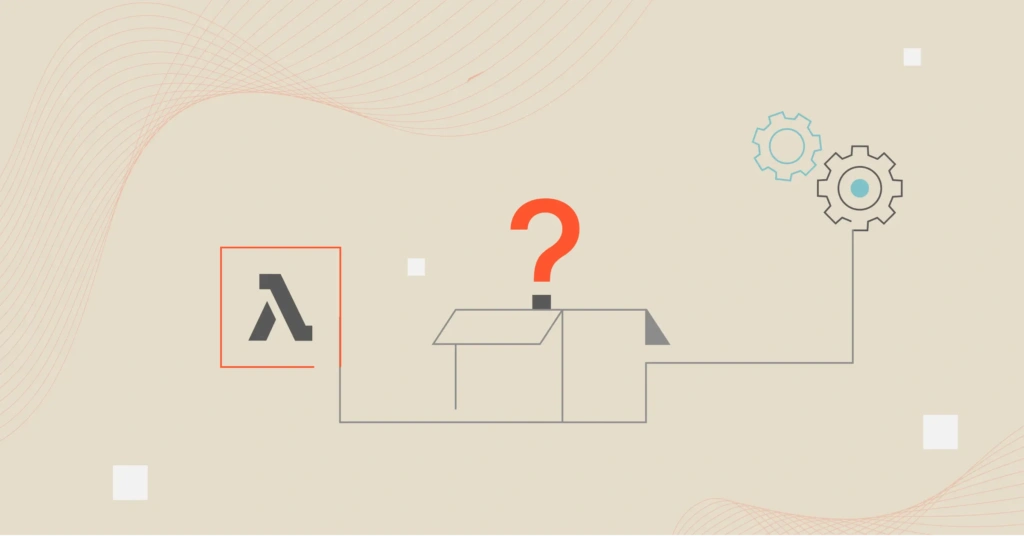Everyone’s obsessed with speed right now. Ship fast. Stack features. Slap an LLM on it and call it v1. Amirite?
But in the AI era, where cloud costs can spiral in a weekend, moving fast isn’t enough.
The teams that track cloud unit costs from Day 1? They’re the ones who come out ahead.
Most teams don’t start there though. They focus on building features and chasing traction, and the cloud bill just shows up like that subscription you forgot to cancel. Maybe someone glances at it. Maybe not.
That “we’ll deal with it later” attitude backfires. Fast. By the time you need real visibility, you’re knee-deep in bad architecture and pricing you can’t unwind. Margins are shot. Fixing it isn’t a cleanup job — it’s a rebuild. Woof.
So no, tracking unit costs early isn’t just a nice-to-have. It’s the difference between building a real company and accidentally lighting money on fire.
Later, I’ll share a simple playbook to help you build with unit costs in mind, whether you’re just starting out or looking to course-correct.
But first, let’s make sure we’re clear on what unit costs actually are. You can’t manage what you don’t understand.
What Are Unit Costs?
Unit cost is what it takes to support one slice of your business. That slice could be a user, an API call, a chatbot response, a video upload — whatever matters to you.
It’s not your total cloud bill. That’s just the sum at the bottom. Unit cost breaks it down into meaningful chunks: per user, per action, per whatever. It’s how you know whether growth is helping or hurting your bottom line.
Because high usage? It’s only great if each unit of usage isn’t quietly wrecking your margins.
Why Most Teams Skip It (And Regret It)
Almost nobody starts with clean cost visibility. Early on, you’re just trying to make the thing work, not analyze every Lambda call.
And in the beginning, the cloud bill might not even raise an eyebrow. You’re on credits. Usage is light. Tracking unit costs feels like overkill.
But here’s how it sneaks up on you:
- You launch a new feature. It’s expensive to run — but popular. So you lean in.
- You land a big customer — amazing! But they hit your backend 10 times harder than anyone else.
- You roll out a free tier. Growth looks great … until you realize each free user costs you 45 cents a month and no one upgrades.
None of this feels like a fire drill right away. But it adds up. And once your margins are upside down, your options start to suck: Rebuild. Reprice. Cut features. Or cross your fingers and hope no one notices.
This isn’t hypothetical. We’ve seen what happens when teams wait too long.
Real-World Pain (That Could’ve Been Avoided)
These are real stories that CloudZero has seen in the wild:
An AI startup saw huge demand, but each inference cost more than they were charging. By the time they caught it, they were losing money on every user. Could’ve been avoided with early cost-per-inference tracking.
A SaaS company landed a few enterprise deals. Big win until those customers used the product in totally unexpected, expensive ways. Could’ve been avoided with cost-per-tenant visibility.
A dev tools company launched a generous free tier. Adoption soared. But conversions didn’t. And those free users? The most expensive to support. Could’ve been avoided by measuring cost-to-serve early on.
In The AI Era, Efficiency Is Strategy
It used to take a team, funding, and months of setup just to get a product off the ground. Now? You can stitch together cloud services and LLMs over a weekend and have something that looks legit.
But just because it’s easy to build doesn’t mean it’s easy to build well.
The bar has shifted. It’s not enough to launch fast — you have to launch smart. Scalable. Margin-aware. That starts with understanding your unit economics from Day 1.
This especially applies in AI, where infrastructure costs can spike overnight. Here, unit costs aren’t just a finance metric — they’re a survival metric. The teams that treat cost observability as a core part of engineering (not a finance afterthought) are the ones that will scale cleanly, price confidently, and survive when capital dries up.
Efficiency used to be something you figured out later. Now, it’s the moat.
What Happens When You Get It Right Early
Start tracking unit costs from the beginning. Even if it’s scrappy and imperfect, good things start happening:
- You know whether you’re building something profitable, not just popular. That cool new feature? Costs 30% more to run than anything else. Better to know that before you scale it.
- Engineers start to care. When one feature or customer costs twice as much as another, it’s hard to ignore. And if there’s a problem to solve? Engineers are all over it.
- Pricing gets smarter. Instead of guessing, you can say, “It costs us X to deliver this — let’s price for margin and value.”
- Weird stuff surfaces early. Spiky traffic. AI models chewing through compute. Mystery workloads. You catch them before they become problems.
- You sound like a grown-up in board meetings. “We know our cost to serve per customer — and how we’ll improve it.” That lands differently.
All of that starts with just knowing where your money’s going.
What Tracking Unit Costs Actually Looks Like
It doesn’t have to be complicated.
Early on, you’re not trying to build a NASA-style allocation model. You just want to answer things like:
- How much does it cost to support one active user?
- Which parts of the product are the most expensive to run?
- Are certain workflows driving most of our spend?
You might start by tagging resources by customer or service. Or spinning up a dashboard that shows cost by workload. Or using something like CloudZero to skip the duct tape and get there faster.
The point is: You can start small. You just have to start.
How To Get Started (Even If You’re Not Ready)
You don’t need a FinOps team. Or a giant data warehouse. You definitely don’t need to boil the ocean.
Start with a unit that matters. Maybe it’s a user, a chat, or a transaction. Then try to map some costs to it. Use tags. Use logs. Ask your cloud provider. Whatever gets you closer. Just get a baseline.
Then check back next month. See what changed. Look for patterns. Get curious.
It doesn’t need to be perfect. But it does need to exist.
One Last Thing
Cloud unit costs aren’t just a finance problem. They’re an engineering problem. A product problem. A survival problem.
Shine a light on them early, and everything from pricing to prioritization gets sharper.
So if you’re building something new, toss “understand our unit costs” on the to-do list. It’s not as thrilling as launching a feature, but it might be the thing that keeps you from ripping that feature out six months later.
Wouldn’t it be nice to grow without dreading the next invoice from AWS or OpenAI?
If you’re just starting out, or even if you’re further along, it’s still doable. Here’s a to-the-point playbook to help you build (or course-correct) with unit costs in mind, from Day 1 and beyond:
